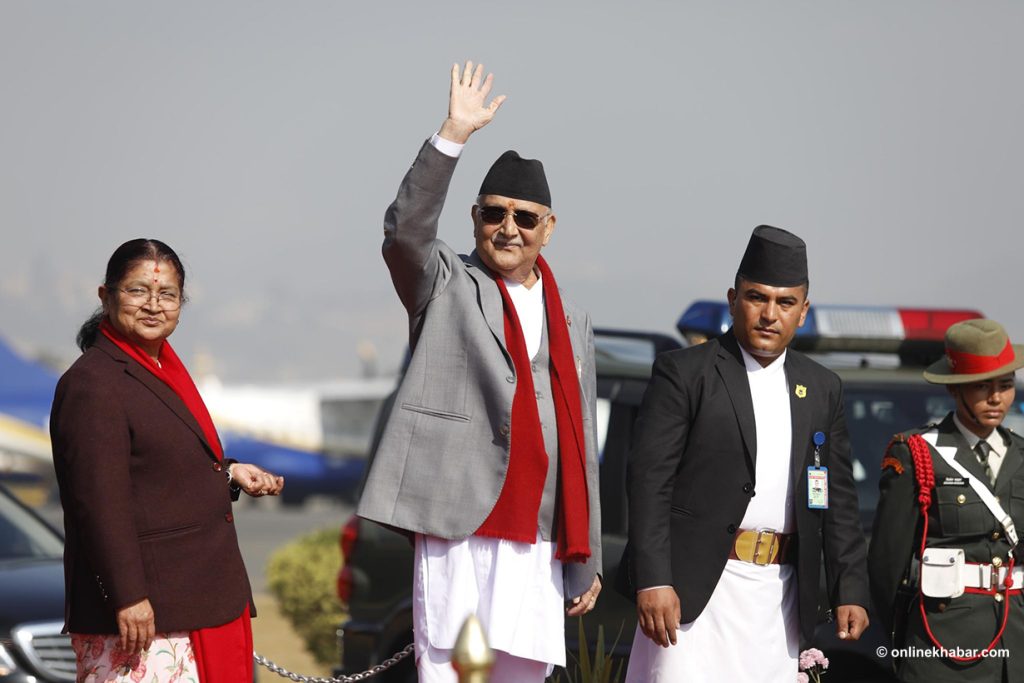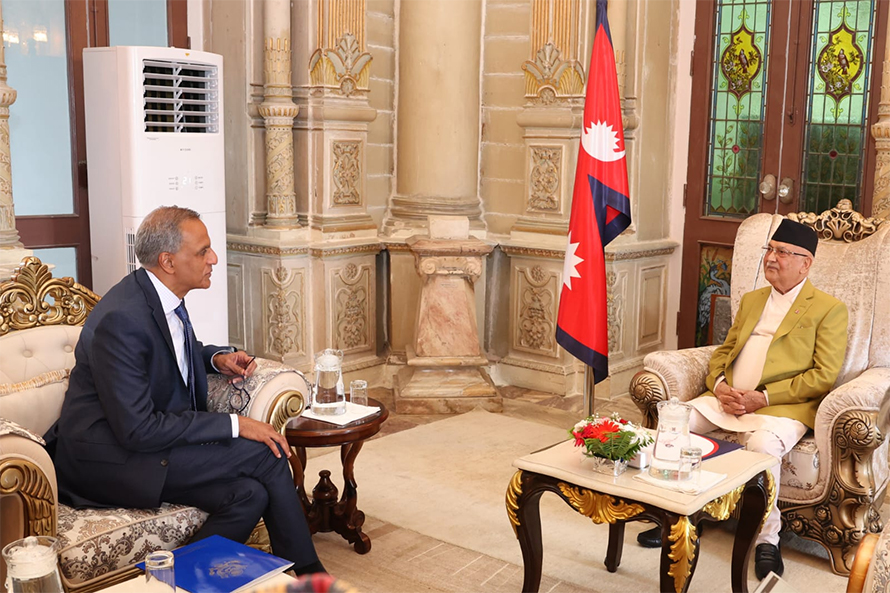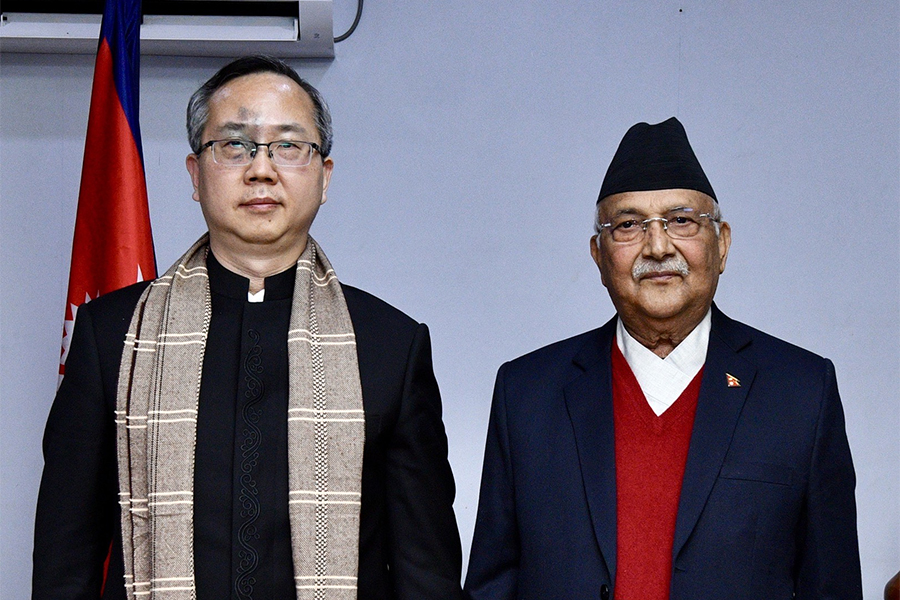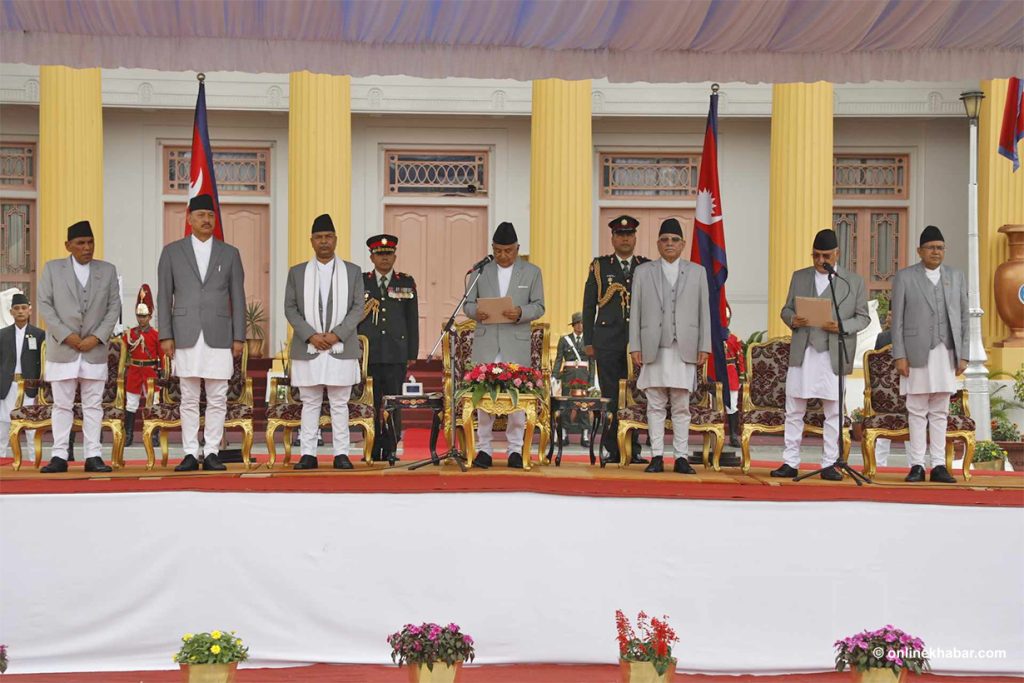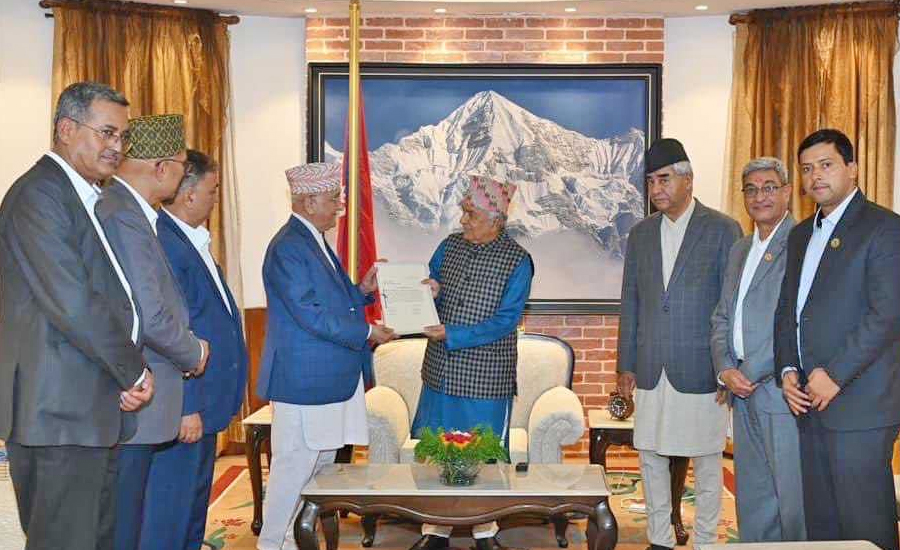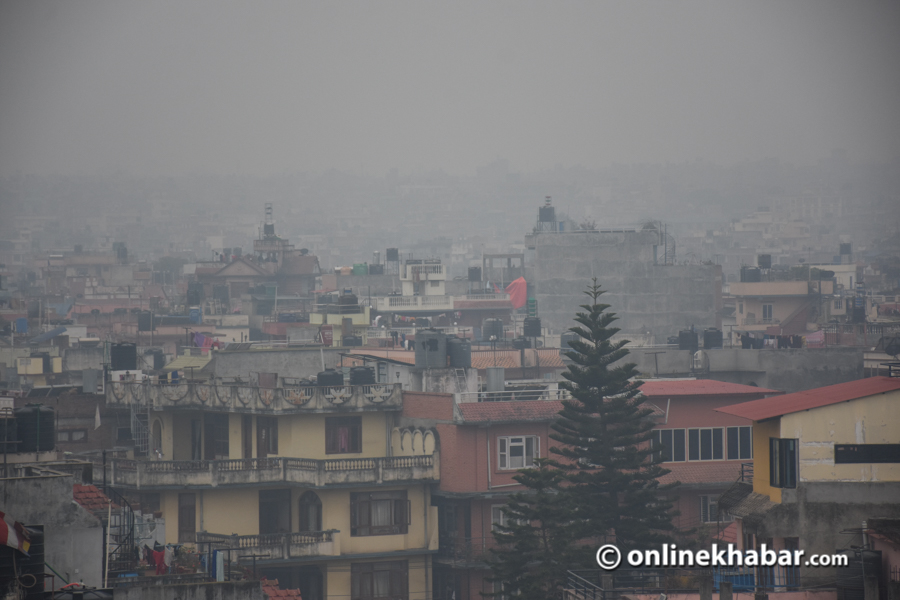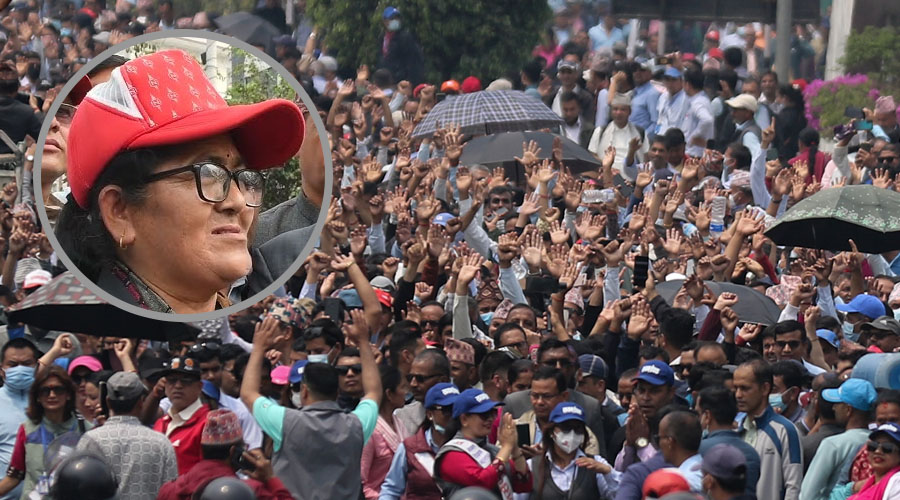
On the last day of the month of Asadh (July 15), the total number of people infected with the coronavirus in Nepal was 17,177. Of them, 39 had died and 11,025 had recovered. The total number of active cases was 6,113, including 116 cases added on the very day.
The number of samples for daily PCR tests decreased further in the month of Shrawan (July 16-August 16), and only 3,331 samples were tested on July 18. On that day, only 57 people were confirmed to have coronavirus infection making the infection rate only 1.7 per cent.
The government then felt that the outbreak was under control. The cabinet meeting on July 20 announced the dates for opening hotels, allowing inter-district travel and resuming air travel. The government spokesperson, Finance Minister Yuba Raj Khatiwada, soon declared that the 120-days long lockdown was over. These two were the biggest mistakes that resulted in an increase in Covid-19 cases these days.
1.
Erroneous understanding
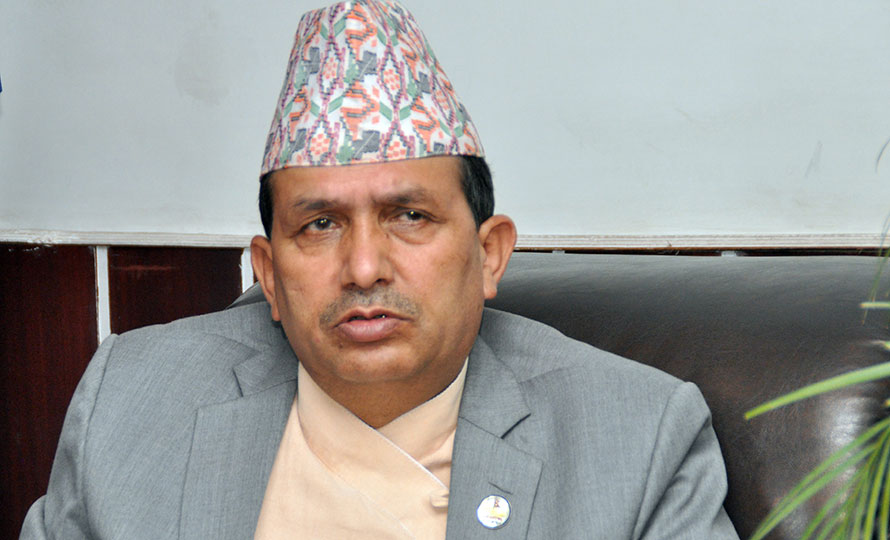
The claim of the government that Covid-19 was under control was just an illusion. By the last week of July, there were signs that coronavirus was spreading at the community level in Birgunj. Not only did the number of infected people increase every day, but the number of deaths also increased. Compared to the last week of July, the scenario has changed across the country today and there are signs that Biratnagar and Kathmandu will become hotspots of coronavirus.
On Tuesday last week, Nepal reported 1,016 new Covid-19 cases, the highest for a single day till date. Seven deaths were reported on the day. Today, the cumulative death toll has already crossed 150 whereas over 13,000 cases are active. There has been a shortage of beds in Covid-19 hospitals in Kathmandu and some infected people have died for want of access to ICUs and ventilators.
A Health Ministry official concedes this is the result of the government’s rejoicing in the belief that the pandemic was under control. For the official, it was wrong to decrease the number of polymerase chain reaction (PCR) tests during the last two weeks of July.
2.
End of lockdown
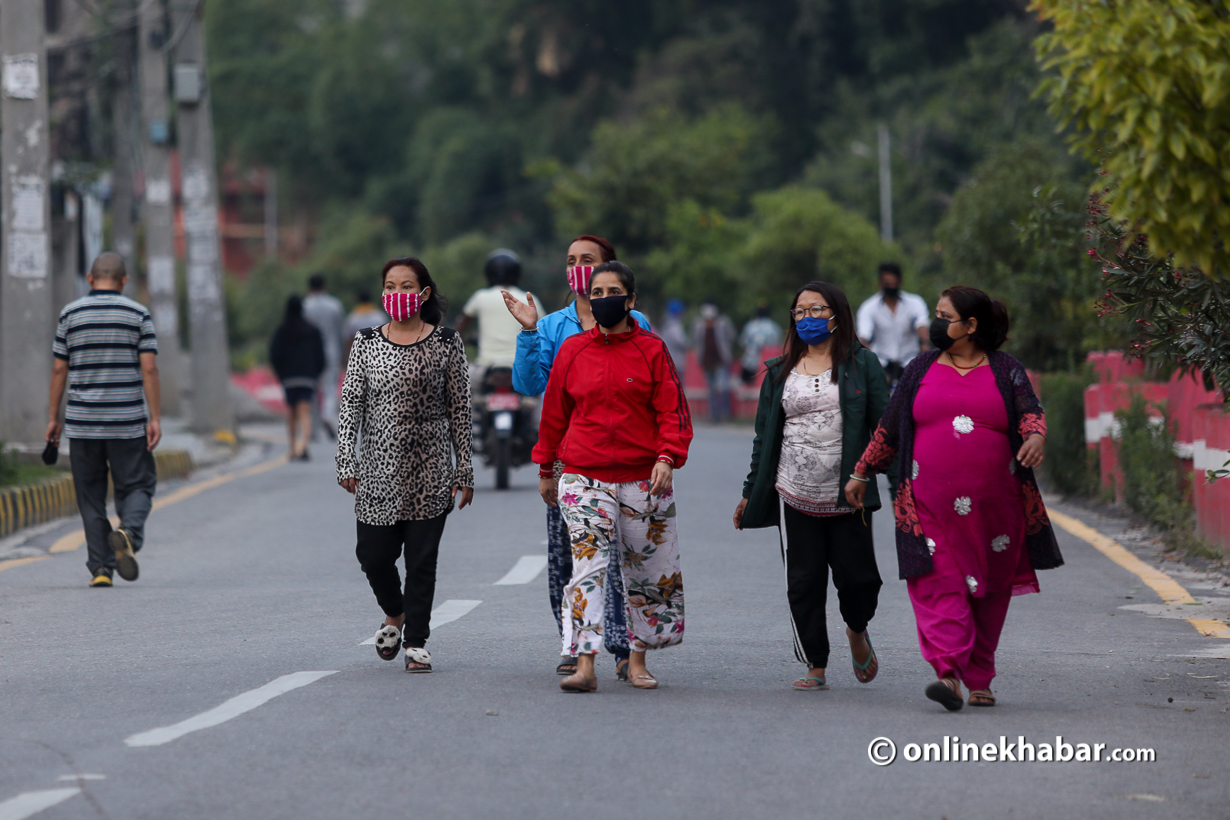
The official says, on the condition of anonymity, “Until mid-July, we were on the right track. It was our mistake to be negligent in the month of Shrawan that followed, due to which, the Covid-19 spread took a different path than expected.”
After all, when the government itself gave the message that the lockdown had ended, the mobility of people skyrocketed. Just like how people used to go out of their houses when a general strike was over, people who were confined to their houses for four long months came out.
Instead of giving the impression that the risk of coronavirus infection is still high, reducing the number of infected people by reducing the number of tests was considered a success by the government. Meanwhile, the general public also forgot that the risk of infections was still there.
Though international borders were closed, the flow of the people via legal and illegal routes was not stopped to the extent that even Indian nationals entered Nepal and reached Kathmandu.
At that time, as many tests as possible in the community level had to be done, leaders who had come to Kathmandu for some emergency work had to be quarantined, and border checkpoints had to be tightened. The official informs, “But, for about two weeks, only 3,000/4,000 tests were done per day, and we believed no infection was found. Tight control of borders was not maintained either. Only when we found that Birgunj had become the hotspot, we became aware and alert. However, it was too late by then.”
As he says, most of the infected people found in the Kathmandu valley recently were found to have visited places like Bara, Parsa, Dhanusha and India recently.
Rising graphs
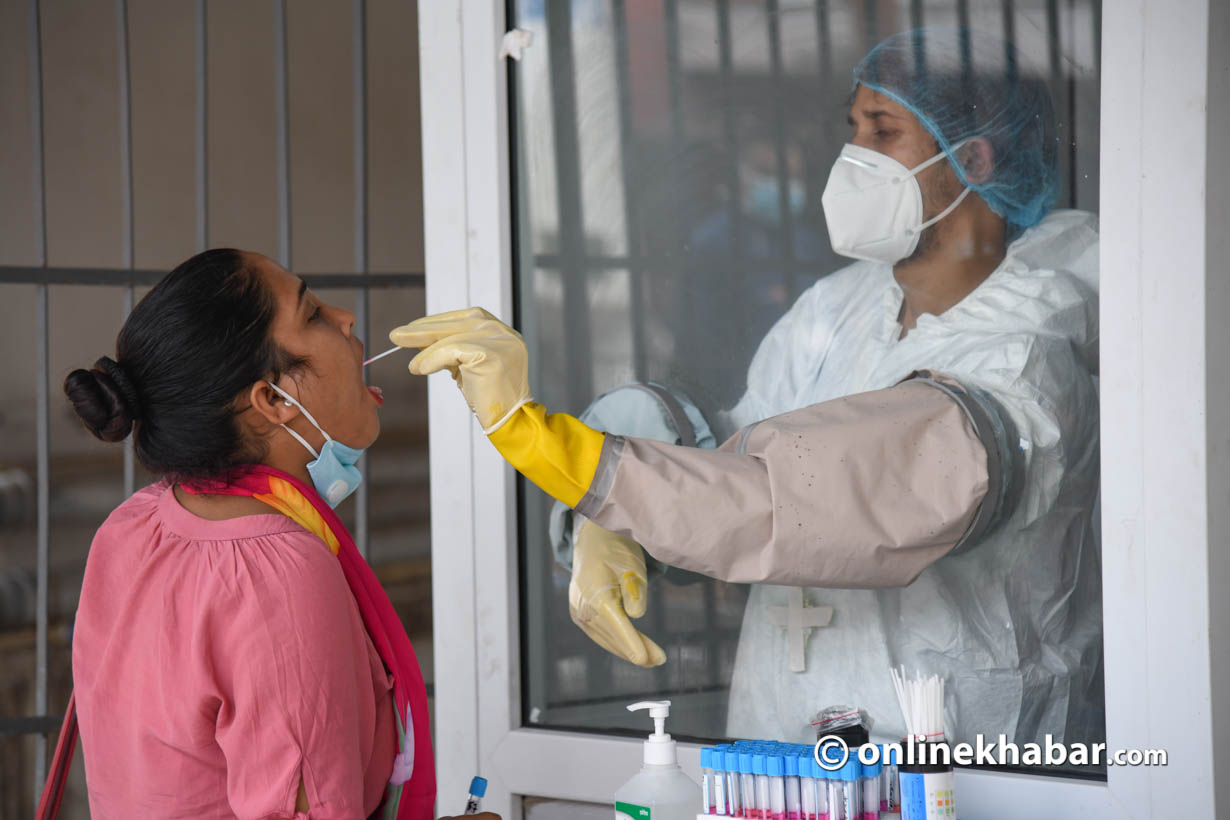
In the last week of July, around 200 new cases were seen every day. But, the Kathmandu valley alone has around 200 new cases every day.
So far, the national tally has crossed the 31,000-mark with over 150 deaths and around 58 per cent recoveries. Nearly about 12,000 new cases have been reported in the past month (mid-July-mid-August), with 76 deaths.
Till July 15, the death toll was 39. It rose to 49 on July 29. On August 4, the death tally rose to 58. And on August 12, it was reported that 11 people died of the infection in a single day. By today, it has already crossed the 150-mark.
Many of the dead are chronically ill. It also explains the infection has spread at the community level. However, the Ministry of Health and Population has not yet spoken about the stage of infection.
With the Covid-19 Crisis Management Centre (CCMC), Health Minister Bhanu Bhakta Dhakal has claimed that the spread of the virus is under control. But still, he warned 30,000 infected people could be added in the month of Bhadra (from mid-August to mid-September), and the total number of infected people could reach 91,000 in the worst-case scenario.
Likely consequences
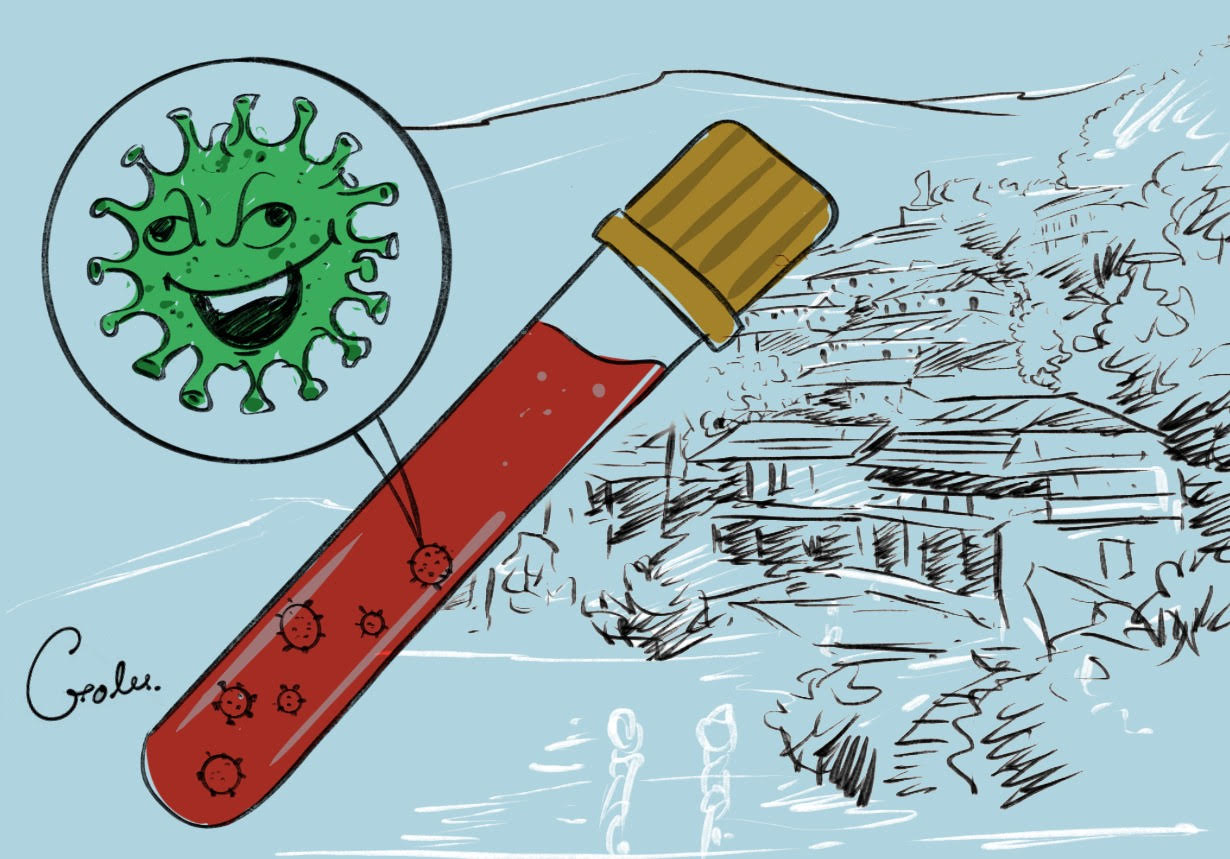
However, public health experts stress understanding that the spread is under control can only cause problems.
Communicable disease specialist Dr Janak Koirala states that the current level of infection in the country is similar to community transmission. He says that it would be difficult to control the spread of coronavirus if such negligence continues. “There is enough chance that the numbers of infected cases and deaths will continue to rise. If we can’t save the chronically ill and the elderly people, the death tally can rise further,” he says, “Strict adherence to public health standards will only stop the spread of infection.”
Koirala says the spread was under control in the initial phase as people coming from India were quarantined. After the message that the modality of lockdown was loosened was given to the public, the flow of people increased, which has now led to more infections.
“Earlier, 95 per cent of the people coming from India were kept in quarantine. Even if any new cases were reported, there would be no problem in managing them,” Koirala says, “Cases that are seen nowadays are of people inside our community who have recently travelled. They are not asymptomatic. So, the current infection is more dangerous than it was before, and it can spread rapidly in a short time.”
Infectious disease specialist Dr Sher Bahadur Pun again says that the increasing rate of infection and death has shown signs of increasing the risk. “The upcoming days can be more challenging for us. Recent deaths have added to concerns that the infection could be as bad as in other countries.”






